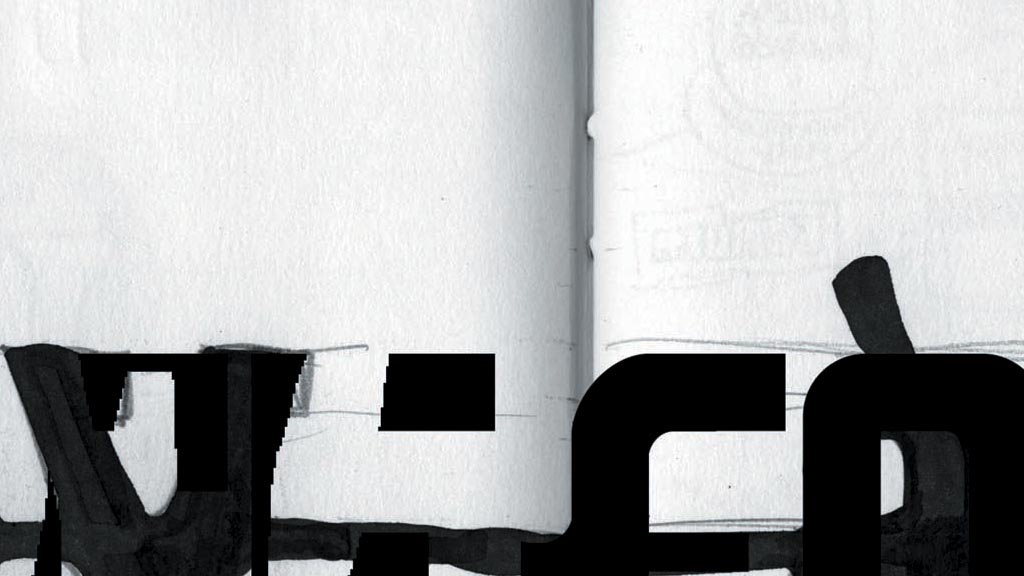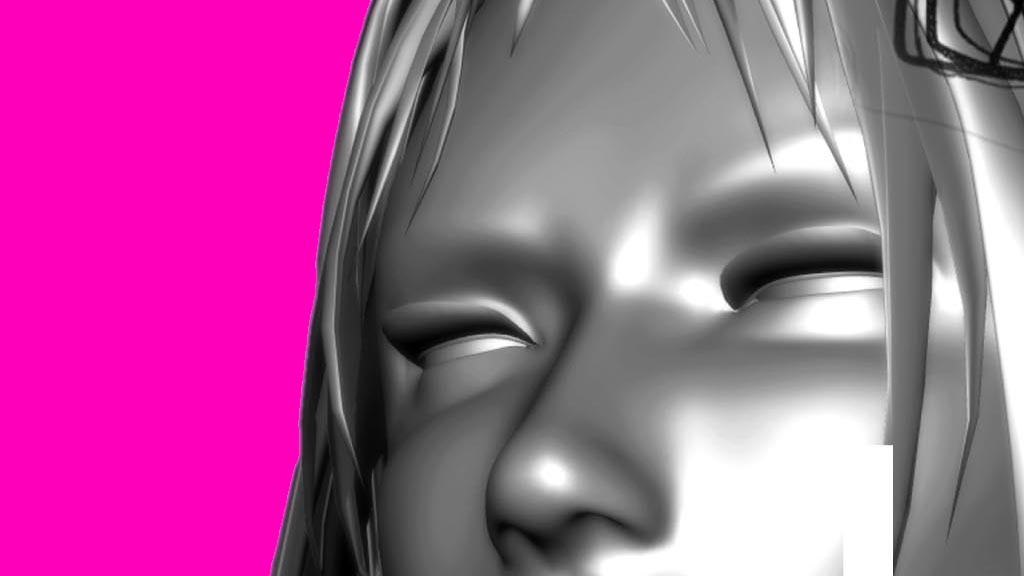




Da Grafica Riciclata
Quando eravamo piccoli, ricchi dentro e poveri fuori, il concetto di spreco, con quella coscienza forzatamente ecologica ante-litteram che ci ritrovavamo, si appaiava sempre con l’idea, ben più temibile, di peccato capitale. Non a caso, tra le storie della nonna, una delle più tremende riguardava un vendicativo gesù bambino che sarebbe apparso, si diceva, nottetempo per portarci a ricercare le briciole di pane gettate, accendendoci, all’uopo, i ditini per illuminare la scena dello spreco. Dopo un breve periodo di quelle storie arrivò la televisione, prima in bianco e nero e poi, molto poi, a colori, un giorno arrivò anche il computer. Ad ogni buon conto quelle storie erano raccontate con una sicura maestria se a tanti anni di distanza un vago senso di disagio sussiste tutte le volte che ci viene detto che questo o quello non si aggiusta più, non si raccomoda, non si aggiorna perché è “meglio” e più vantaggioso rottamare, comprare il nuovo. Ma bisogna pagare un tributo alle proprie origini e così, nel tempo, spesso vergognandoci per questa passione anale, abbiamo accumulato schizzi, fotografie, bozzetti, files, idee scartate, non accettate o abbandonate, come se non ci fosse possibile disfarci del più piccolo scampolo di memoria. Ci presentiamo qui, dunque, con tutti i nostri avanzi e rimasugli in una specie di metempsicosi della grafica: una foto non utilizzata qua, una ciano sbagliata là, un logo non definitivo, un disegno ritrovato, senza altro ordine che non sia quello sentimentale e fortuito… Il tutto rimasticato nel solco della miglior tradizione toscana, quella della ribollita. Chi vorrà potrà apprezzare il senso ecologico dell’operazione, noi, intanto, ci accontentiamo di aver offerto una seconda, doverosa, occasione a tante idee che ci anno accompagnato negli anni.
Firenze 1999
When we were children (perhaps a bit poor on the outside, but rich on the inside), the idea of wasting anything seemed even worse than committing a deadly sin, given that our consciences were prematurely forced into being ecologically-minded. It was not a coincidence that one of grandmother’s most frightening stories was about a vindictive christ child, who would appear, she said, at night and make us look for the crumbs of bread that we had let fall on the floor, setting our little fingertips on fire to illuminate the scene of waste. After a hearing these kind s of stories for a number of years, television came into the picture, first in black and white, and then, much later, in color… and then one day, computers arrived. In any case, these stories were told with such skill that even years later, a vague sense of unease is still felt each time we hear that such-and-such can’t be fixed, it can’t be repaired, it can’t be updated because it is better and more advantageous to have it put to sleep. to buy a new one. But it is important to pay a tribute to one’s origins, and thus, over time, although often ashamed of such anal retentiveness, we have accumulated sketches, photographs, proofs, files, ideas that have been thrown away, not accepted, or abandoned, as if we weren’t able to rid ourselves of even the smallest remnant of memory. Therefore, we present ourselves here, with all of our left-over, in a sort of graphic metempsychosis: a photograph that wasn’t used here, the wrong blueprint there, a tentative logo, a drawing that was found again that has no other meaning than one of sentiment and accident… Everything has been chewed aver again following the best Tuscan tradition — that of ribollita. Those who want to, will appreciate yhe ecological significance of the operation. We are simply content to have given a second, dutiful, chance to many ideas that have accompanied us through the years.
Florence 1999






